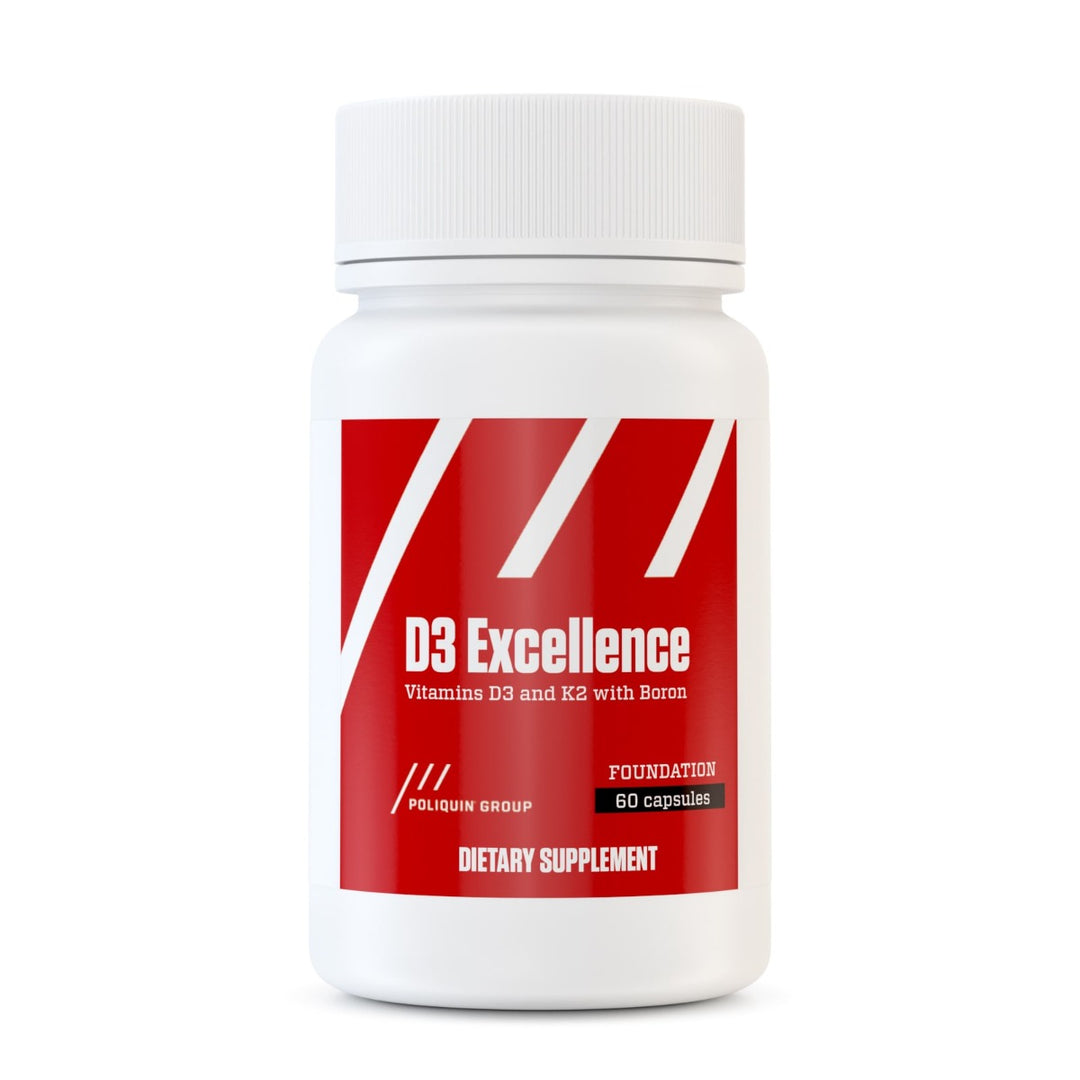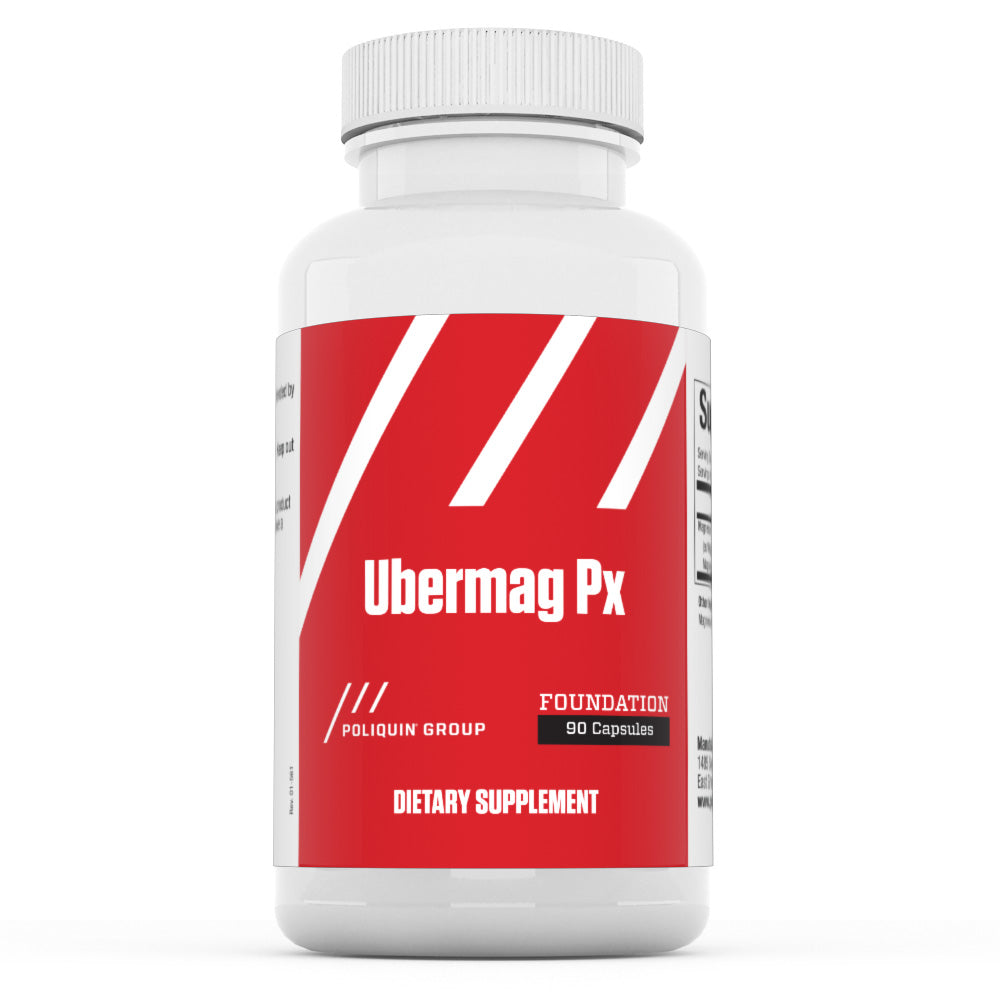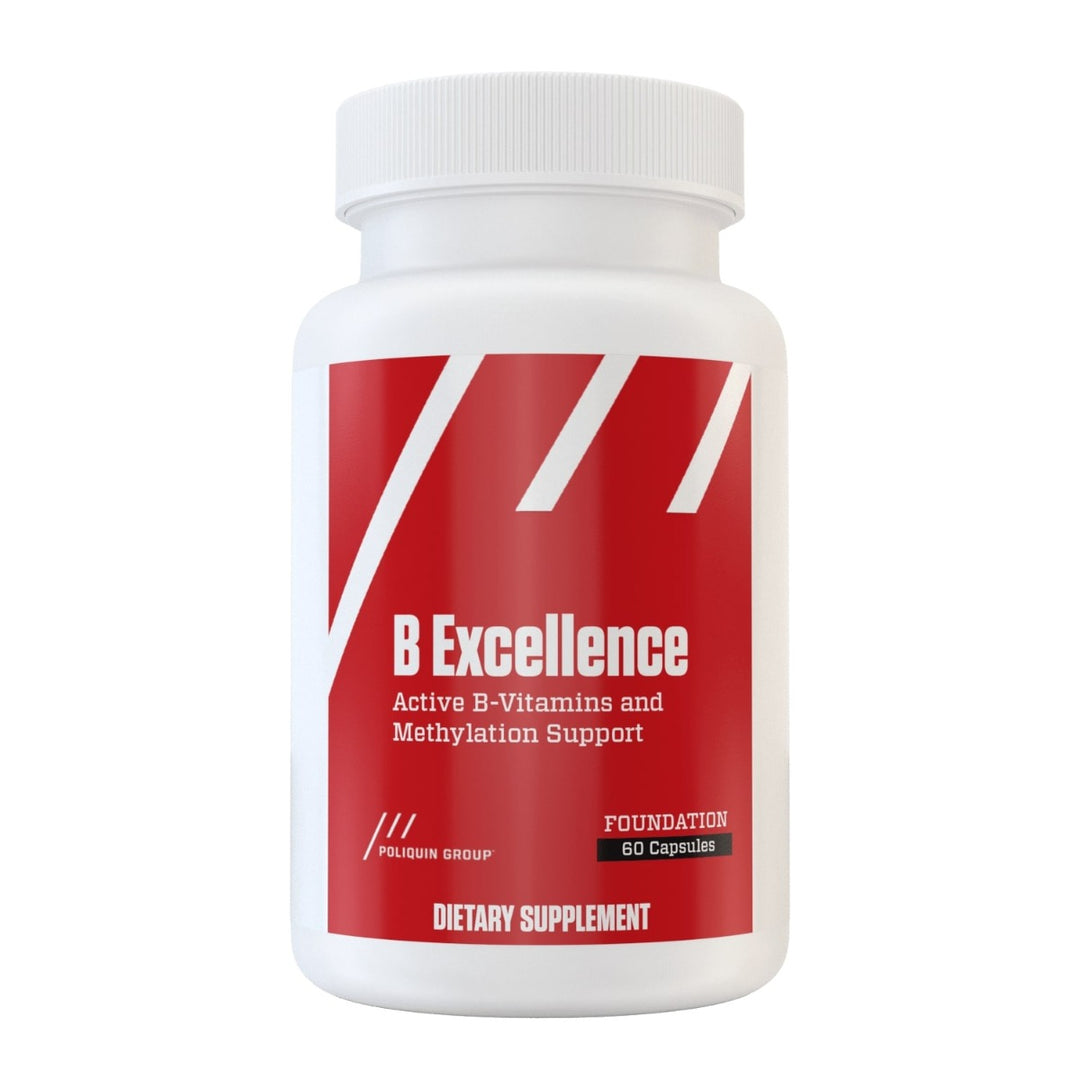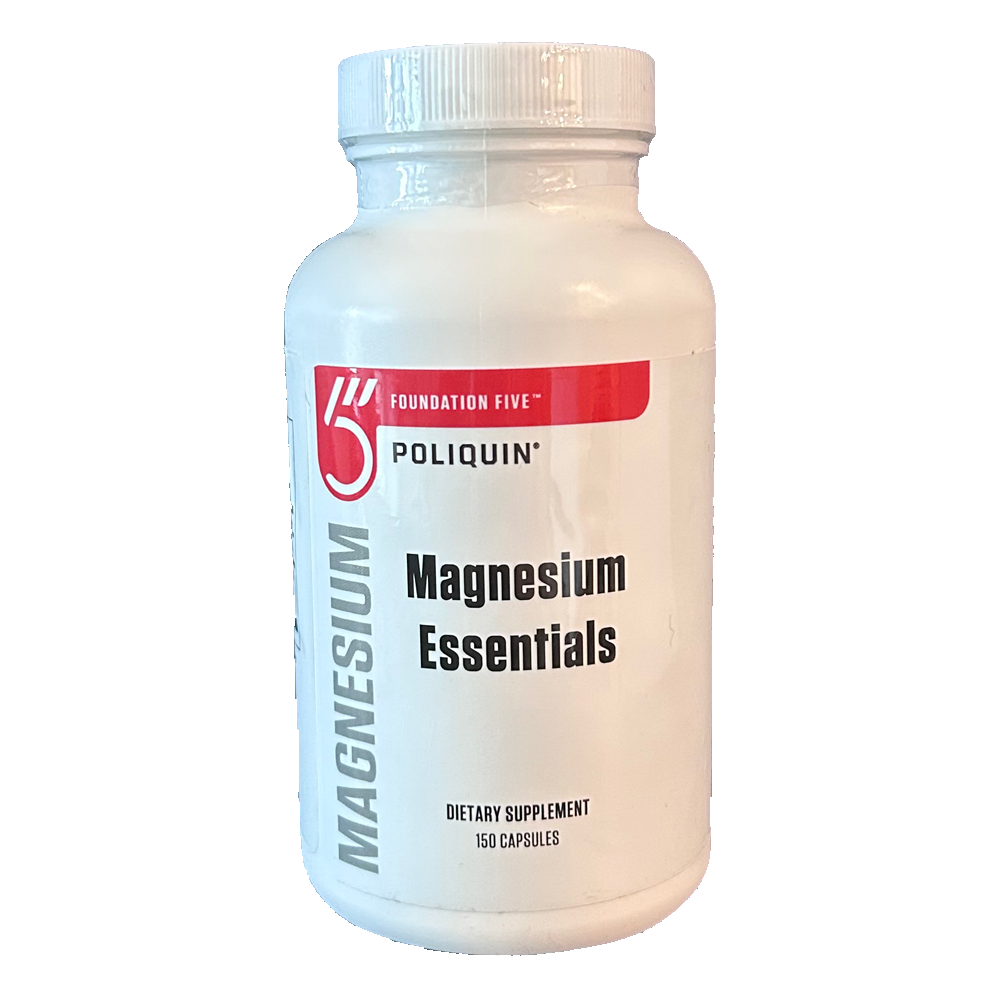How to Get Results With High-Intensity Training
Everyone knows that high-intensity training (HIT) is an excellent training method for losing body fat fast and improving conditioning. This tip will tell you why it works and give you protocols to get the best results with HIT.
For the purposes of this tip, high-intensity training is exercise that is strenuous, produces significant lactic acid accumulation, elevates growth hormone, and contains an anaerobic component. Common exercise modes of HIT include sprint intervals, modified strongman training, stair or hill running with or without a load, and weight training with short rest and moderate loads.
High-intensity training helps you lose fat for the following reasons:
- You burn a lot of calories in a short period of time. High-intensity training contains an anaerobic component, and even if you shift into using the aerobic or oxidative energy system during the workout, it requires a lot more energy per unit of time than steady-state aerobic training.
- It produces significant lactic acid accumulation, which results in a large release of growth hormone. Growth hormone (GH) is well known for its fat burning ability.
- The hormone response to HIT is superior to lighter intensity exercise because of the GH response, which can elevate the protein synthesis pathway related to insulin-like growth factor-1. Some high-intensity training methods will also boost testosterone, while minimizing cortisol.
- Due to the superior hormone response, HIT has been shown found to build muscle. More muscle means a faster metabolism.
- Finally, the post-exercise oxygen consumption is greater with strenuous interval or weight training than steady-state exercise, leading to greater calorie burn in the recovery period. Just the need to repair tissue with anabolic protein synthesis will elevate metabolism.
High-intensity training protocols that have produced statistically significant fat loss include the following:
1) A 12-week high-intensity cycling program resulted in a 2 kg loss of body fat and gain of 1 kg of muscle in overweight men. A slightly longer 15-week program produced 2.5 kg fat loss in young women.
The workout was 20 minutes of cycling in which the subjects sprinted for 8 seconds and did 12 seconds of recovery, repeating 3 intervals a minute for 60 total. This protocol is most appropriate for novices.
2) A 16-week study had male athletes perform sprint intervals at a track 4 days a week. Workouts varied from 10 intervals of 30-second sprints with 90 seconds jogging rest; and 6 intervals of 2-minute sprints at 85 percent of maximal speed with 90 seconds rest.
They lost 2 kg of body fat—a significant amount since they were trained athletes with already low body fat.
3) An 8-week sprint interval program done by elite wrestlers produced 1.5 kg fat loss. The sprint program included varying protocols such as twelve 35-meter sprints with very short rest.
4) Other high-intensity training options that have not specifically tested fat loss are hill and stair running, strongman training, and circuit training. For instance an older study tested the effect of power output when running stairs and uphill with loads ranging from 10 to 30 kg.
Results showed that power output increased significantly as the load got heavier. Power was higher when running up a hill than the stairs due to the mechanical constraints of needing to navigate the stairs. Researchers suggest the greater power output will correlate with a greater energy expenditure and could be used to improve body composition.
A few more high-intensity suggestions include the following:
- Try modified strongman training: Do sled training, tire flips, and a heavy farmer’s walk to lose belly fat fast.
- Mix up strength training protocols with circuit training and supersets that use very short rest periods. For example, do supersets with 10 seconds rest when switching from the agonist to the antagonist exercise and 60 seconds between sets.
- Try a sprint-endurance workout with six to eight 200-meter sprints (about 30 seconds each) with a 3 to 4 minute recovery.











